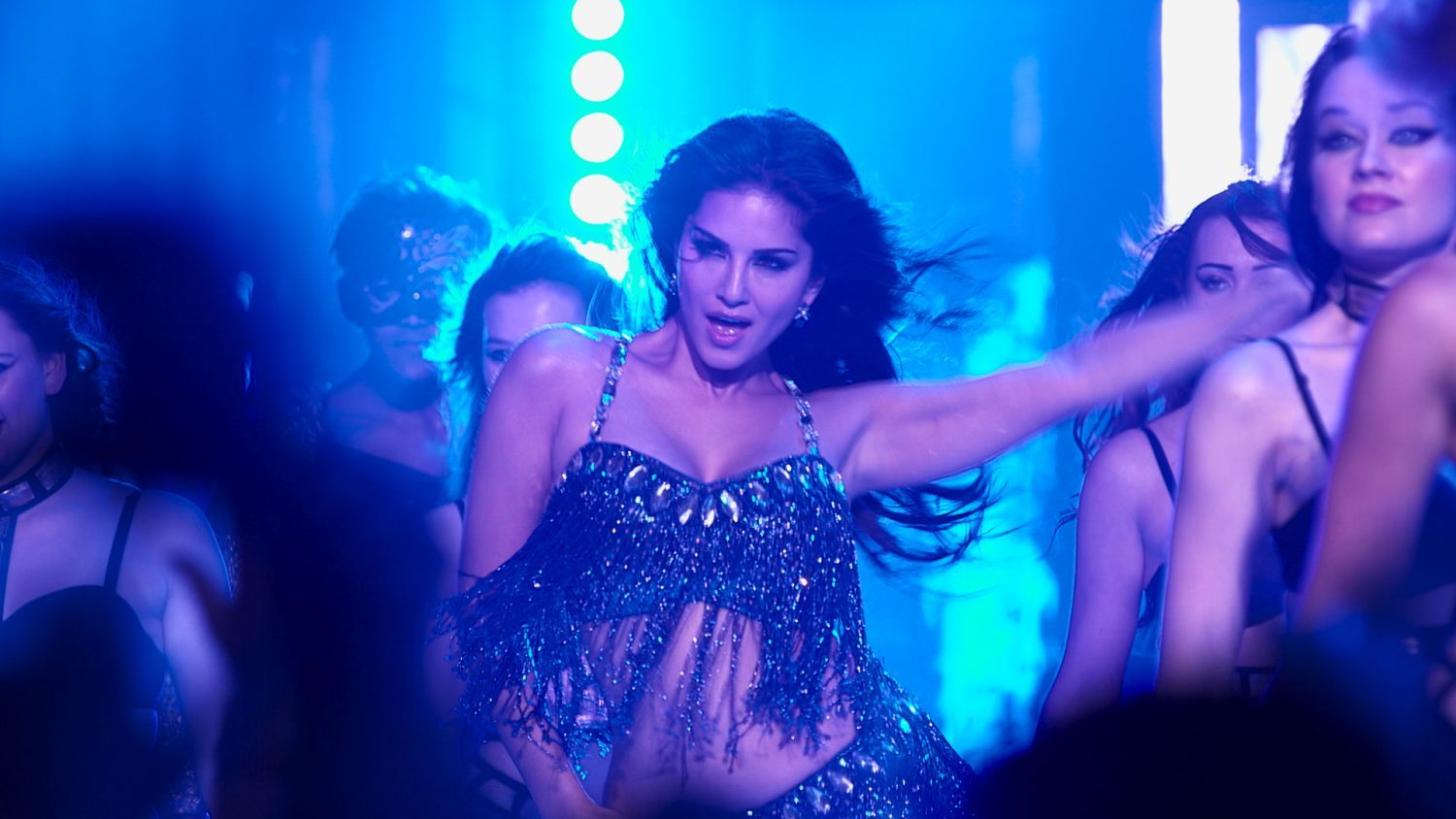Mostly Sunny sheds light on new Bollywood talent’s controversial past

After viewing the trailer for this documentary, it was clear that although not an experienced film critic, I couldn’t pass up the opportunity to dissect and review Mostly Sunny. The film took only 1:47 to pull me in head first.
Not for the troubled past of the Sunny Leone, an ex-adult film star turned actress, but for the underlying issues between women’s issues and acceptance in a very traditional religion.
Let me begin by saying that this film, although a documentary, revealed itself as almost a fictional tale — you really couldn’t make this stuff up. Told in a three-part plot, the movie takes the reader for a ride and remains is engaging from beginning to end.
“What we’re trying to do with our studio is demonstrate that southern Ontario is a hot bed of talent and people who want to make films,” Craig Thompson said, co-producer of Mostly Sunny.
As opposed to going to the screening blindsided, I hoped to gain a backend perspective from Thompson before viewing the film.
“Over the course of shooting, [Sunny Leone] became more and more popular … The more she got famous and accepted by mainstream Bollywood the more she wanted to distance herself with her adult film past,” Thompson said.
Realizing her past has taken her as far as possible, Leone tried to shed the skin of her previous profession in hopes to reap the benefits of acceptance within Bollywood, the goliath of worldwide film industries.
It’s just interesting that someone who’s such an open book to ask for the film to make her past less vivid for the viewer.
In my opinion it made for a greater understanding of her identity as a woman — jumping between her childhood photos, to adult film clips to her Bollywood career destigmatized her career rather than have it overpower her success today.
Although it wasn’t desperation that brought Leone to the adult film industry, her penchant for fame and attention definitely was the catalyst.
“She always had a business plan and an exit strategy,” Thompson assured.
This wasn’t going to be the rest of her life — she knew exactly what purpose this career would serve.
Tying in this dicey career that somehow worked wonders for Leone to her family life, at the time, truly defined how destructive her choices were. Losing the love of her relatives and community back in Sarnia, Ontario was the most challenging, yet freeing hurdle she would face.
My personal opinions, and the impressions that I got from the light shined on the ‘acceptance’ in India, it worried me that still she was being objectified for her body after leaving the adult film industry. It’s also still unsure if Leone is being accepted as an actress, that unlike other porcelain-clean actresses, could be seen in both adult films and mainstream Bollywood cinema.
But then I’m at a standstill of feminism, where it must be understood that as an adult woman, she has the right to choose what roles she plays. Being sexualized in Bollywood cinema is as an opportunity to capitalize on a new, exponentially larger market.
It’s her body and she knows exactly how she’s using it — and it will be her decision whether she’d like to continue to be a cameo performer in Bollywood films, or take on larger acting roles. And just like her adult film career, Sunny Leone will have an exit strategy once she’s churned out every dollar of Indian male lust in the country.
Mostly Sunny provides an in-depth look at the intriguing story of a second generation Sikh-Canadian and how she strives to find her place in the world. B-lining so far from the traditional values of Sikhism, and even general societal beliefs, Sunny Leone achieved great success amongst disapproval from a community that once accepted and loved her.

